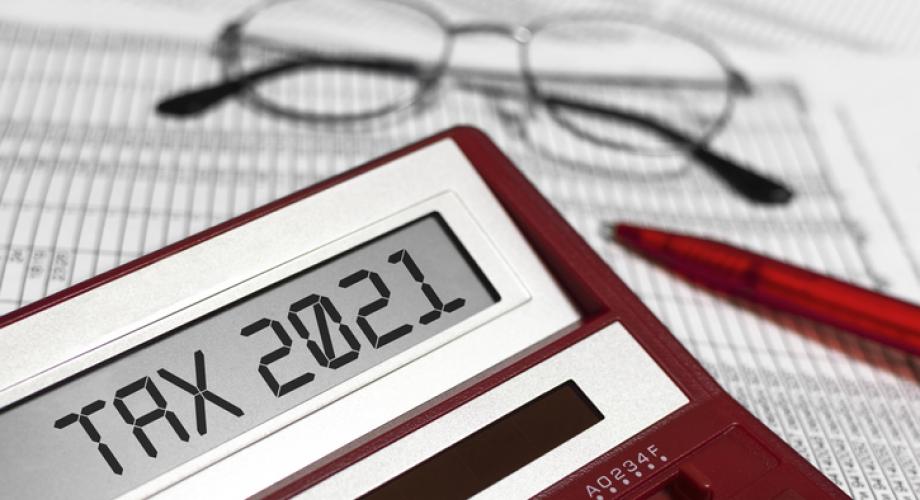On December 21, Congress passed a COVID-19 relief bill and omnibus spending bill to fund the government through September 30, 2021, that included several tax provisions that will significantly benefit the multifamily industry.
Depreciation of Existing Buildings
The legislation includes a long-sought NAA/NMHC provision to correct an error in the Tax Cuts and Jobs Act (TCJA). The TCJA limits the ability of taxpayers in general to deduct business interest but allows multifamily real estate firms to continue to deduct said interest as long as they agree to depreciate their property under longer periods provided for under the Alternative Depreciation System (ADS).
As originally written, the TCJA not only mandated ADS depreciation for firms electing out of interest deductibility limits, it also reduced the ADS recovery period for multifamily property from 40 years to 30 years. Congressional intent was to apply this 30-year period to buildings in service before the law was enacted as well as new properties delivered after the law went into effect. However, due to a drafting oversight, properties placed in service before 2018 were subject to the old 40-year period rather than the intended new 30-year period. The COVID relief bill applies the 30-year ADS schedule for all multifamily buildings. (Firms that choose to abide by the limits on interest deductibility or that qualify for the small business exemption will continue to depreciate multifamily property over 27.5 years.)
PPP Loan Tax Treatment
The Act clarifies that business expenses paid for with the proceeds of forgiven PPP loans are tax deductible, consistent with Congressional intent in the CARES Act. NAA and NMHC have long supported this provision to ensure that entities receiving forgiven PPP loans would not have to forego tax deductions for eligible business expenses.
Low-Income Housing Tax Credit
NAA and NMHC have long advocated for a minimum four percent credit under the Low-Income Housing Tax Credit (LIHTC) program to attract capital to our industry by guaranteeing that investors can derive the credit’s full value. Under current law, the four-percent credit rate floats based on current interest rates, and it has been valued well below four percent in today’s low-interest rate environment. The COVID relief bill establishes a permanent four percent floor for the LIHTC.
Employee Retention Tax Credit
The Act enhances and extends the Employee Retention Tax Credit enacted as part of the CARES Act. The CARES Act established a refundable employee retention tax credit for employers subject to closure due to COVID-19. The tax credit covers 50 percent of wages up to $10,000. The COVID relief act enacts several changes to the credit effective for January 1, 2021, to June 30, 2021:
- Reduces the threshold for employers to qualify from those experiencing a 50 percent or greater reduction in gross receipts to those experiencing a 20 percent or greater reduction. It also provides a safe harbor that allows employers to use prior quarter gross receipts for qualification purposes.
- Increases the credit rate from 50 percent of wages to 70 percent of wages.
- Replaces the annual $10,000 limit of per-employee qualifying wages to a new quarterly limit of $10,000 per employee.
Finally, retroactive to the effective date of the CARES Act, the new legislation enables taxpayers that did not use forgiven Paycheck Protection Program loans to pay wages to qualify for the Employee Retention Tax Credit.
Energy Efficiency Tax Incentives
The final tax package renewed two important incentives measures that will encourage a transition to a lower carbon future.
First, it makes permanent the Section 179D energy efficiency tax incentive to spur high performance in commercial buildings. Under the provision, newly constructed and rehabbed commercial buildings (four stories and above) placed in service after December 31, 2020 that meet rigorous metric of being 50 percent more efficient than the requirements of the most recent edition of Standard 90.1 published by the American Society of Heating, Refrigerating and Air Conditioning Engineers and the Illuminating Engineering Society of North America will be eligible to claim the deduction.
In addition, buildings that include certain high performance building systems such as HVAC may qualify for a partial credit. The provision also updates the California Nonresidential Alternative Calculation Method of Approval Manual. The deduction rate is indexed to inflation.
The measure also extends the Section 45L tax credit that provides a $2,000 credit for builders of low-rise multifamily properties that go beyond code mandated building energy standards and achieve high effiiciency perfomanceat the end of 2020 but will now be extended for an additional year.
